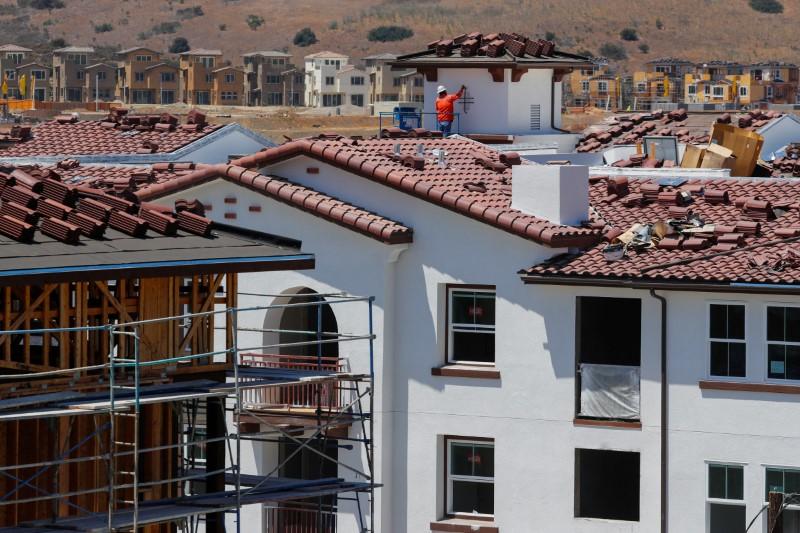The number of Americans in need of housing are increasingly exceeding availability nationwide, with shortfalls jumping approximately 3 percent to nearly 4 million homes across the country between 2019 and 2021. Meanwhile, California’s number is twice the national average, according to a recent study.
Published by Up for Growth—a public policy housing advocacy group based in Washington, D.C.—the 2023 Housing Underproduction report determined that shortages are spreading across states, with counties impacted jumping by 32 percent.





